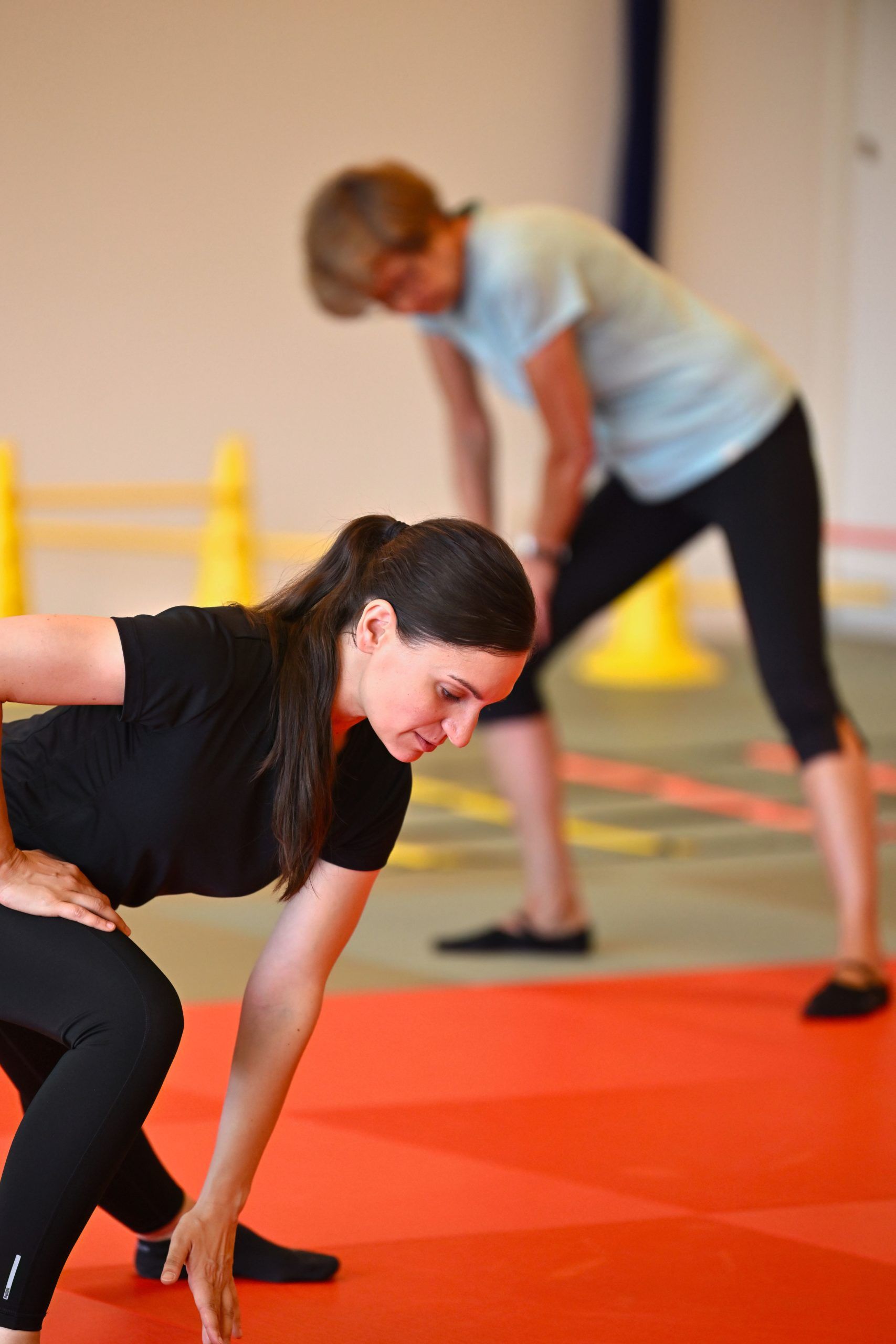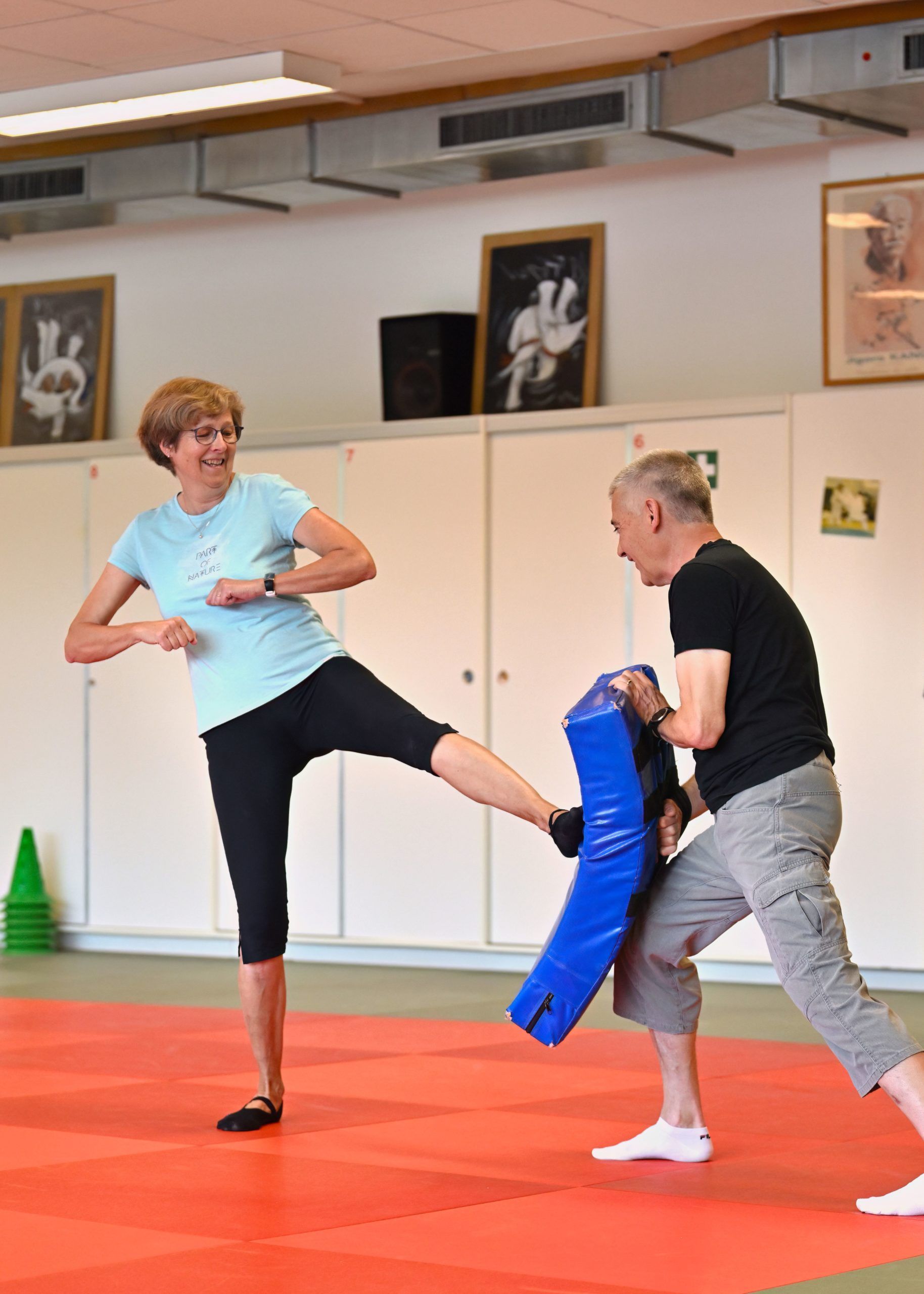OKenawa

OKenawa® and physical activity
Physical activity for health
The importance of physical activity for the elderly population has only recently been recognized, particularly for patients suffering from Alzheimer's disease, Parkinson's disease and osteoporosis.
In the latter condition, studies show that bone mass, bone architecture and bone mineral density (BMD) are improved by repeated mechanical stimuli. Physical training programs have also been shown to :
- Reduce pain
- Improve physical condition
- Psychological benefits
- Stimulate cognitive functions
Several options exist to complement medical treatments. In particular, exercise is generally recommended for people diagnosed with osteoporosis.
However, these benefits are highly dependent on exercise protocol and rate of attendance. Osteoporotic patients should exercise for at least 90 minutes a week (ideally 3 to 4 30-minute sessions). This reduces the risk of falls, and improves balance and mobility.
Lifestyle and prevention
Lifestyle modifications can also limit the negative impact on bones, such as :
- Reducing caffeine intake
- Adequate protein intake
- Avoidance of excessive tobacco and alcohol consumption
Physical activity also has a beneficial effect on bone mineral density (BMD), i.e. the amount of calcium in the bone expressed in grams per square centimetre. The lower the density, the higher the risk of fracture.

The OKenawa® approach
Exercises involving mechanical loading (compression, deformation, shearing) have a positive influence on bone mineralization. The result is an increase in bone mass and density, making bones stronger.
Motivation and attendance
Adherence to an exercise program is often a challenge, particularly for the elderly. Various strategies have been put in place to improve training perseverance. For example:
- A multitasking program based on rhythm and music increased long-term adherence (Trombetti A et al., 2011).
A 1996 study showed that 15 weeks of Tai chi led to greater perseverance, reduced the risk of falling by 47%, and reduced fear of failure (Wolf et al., J Am Geriatr Soc 44;489-96).
The OKenawa® approach aims to boost self-confidence to ensure optimal adherence to the program. The aim is to specifically adapt
- The type of low-impact martial exercises
- Intensity of sessions
- The frequency of training sessions
These adaptations are made in collaboration with medical and sports specialists such as Prof J. Dudler, Dr D. Bruelhart and Dr J. Lecoultre, V. and C. De Vido and G. Leto.